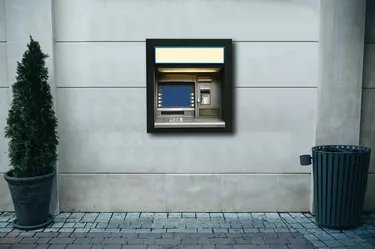
Your direct deposit goes straight into your bank account, provided your account is still open. If your account is closed, the funds have nowhere to go, so the transaction will not be complete. Since the money will get sent back to your employer's account, you should hear from them about a way to arrange repayment. To avoid paycheck delays, and if you know your account is closed, cancel your direct deposit with your employer in time for the upcoming payroll.
How Direct Deposit Is Sent
Video of the Day
During payroll processing, your employer sends the direct deposit file to its bank. Employers typically use the National Automated Clearing House System file format to transfer direct deposit files to their banks. The NACHA file contains employees' bank account and routing numbers plus paycheck amounts. A small employer, such as one with less than 20 employees, might manually upload the direct deposit information into its bank's system.
Video of the Day
If you did not cancel your direct deposit with your employer, your direct deposit information will be included in the file being sent.
Your Bank's Responsibility
After receiving the direct deposit file, your employer's bank debits the company's business account for the total direct deposit amount. Individual direct deposits are then sent to the respective employees' banks. If your account is closed, your bank will reject your direct deposit.
Along with notifying your employer that your account is closed, your employer's bank returns the funds to your employer's account. The time frame for returning the money varies by bank. In many cases, it takes four to seven business days after the payday.
Your Employer's Duties
Once your direct deposit funds are returned to your employer, your employer must contact you to arrange a re-payment. Employers don't typically issue a replacement check until the bank returns the money. If you know ahead of time that the funds will be rejected, you can help speed up the process by contacting your bank to see if the money was returned to your employer. If so, your employer can call its bank to verify that the funds are in its account.
Your employer must void the rejected direct deposit so your year-to-date earnings and W-2 information are correct. Only the wages and deductions from the replacement check, along with other valid earnings, should show on your W-2.
Note that if your employer outsources its payroll, the provider handles everything including check replacement and communications with your employer and the bank.